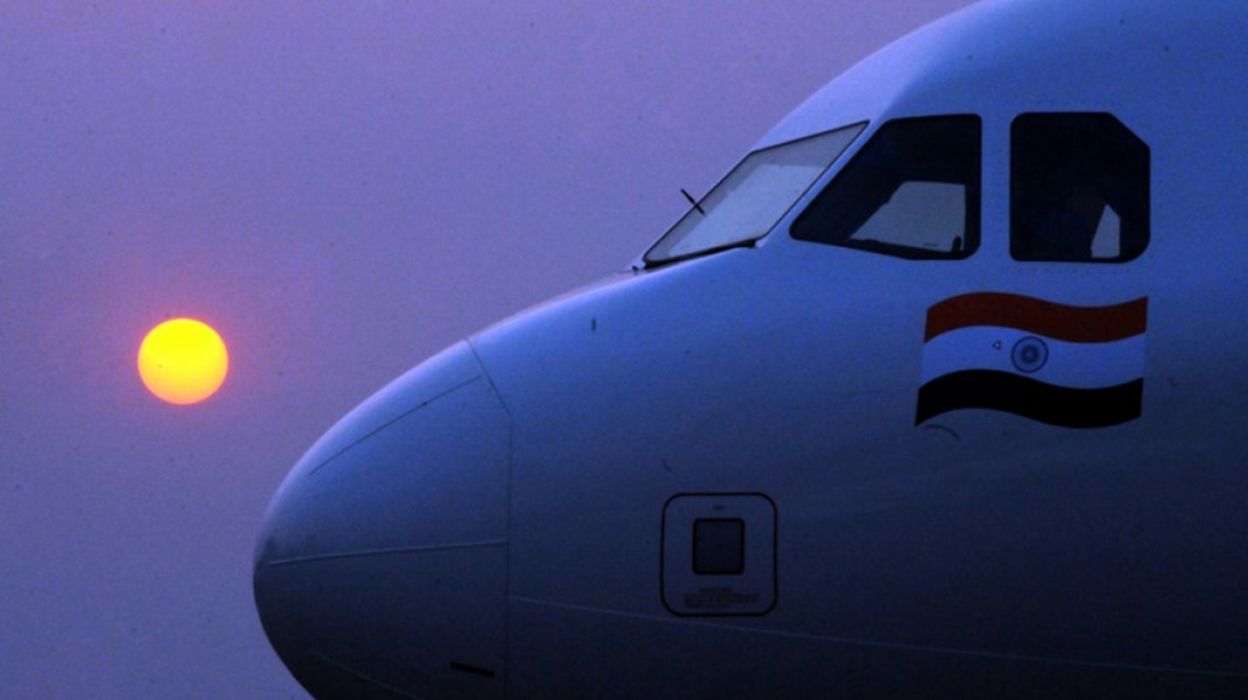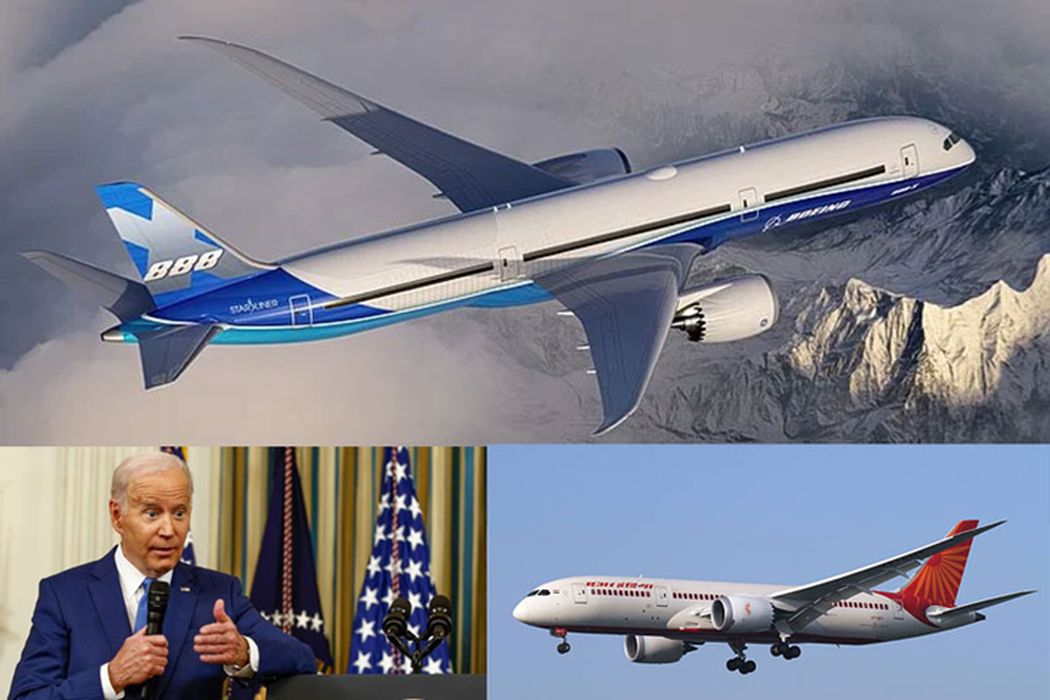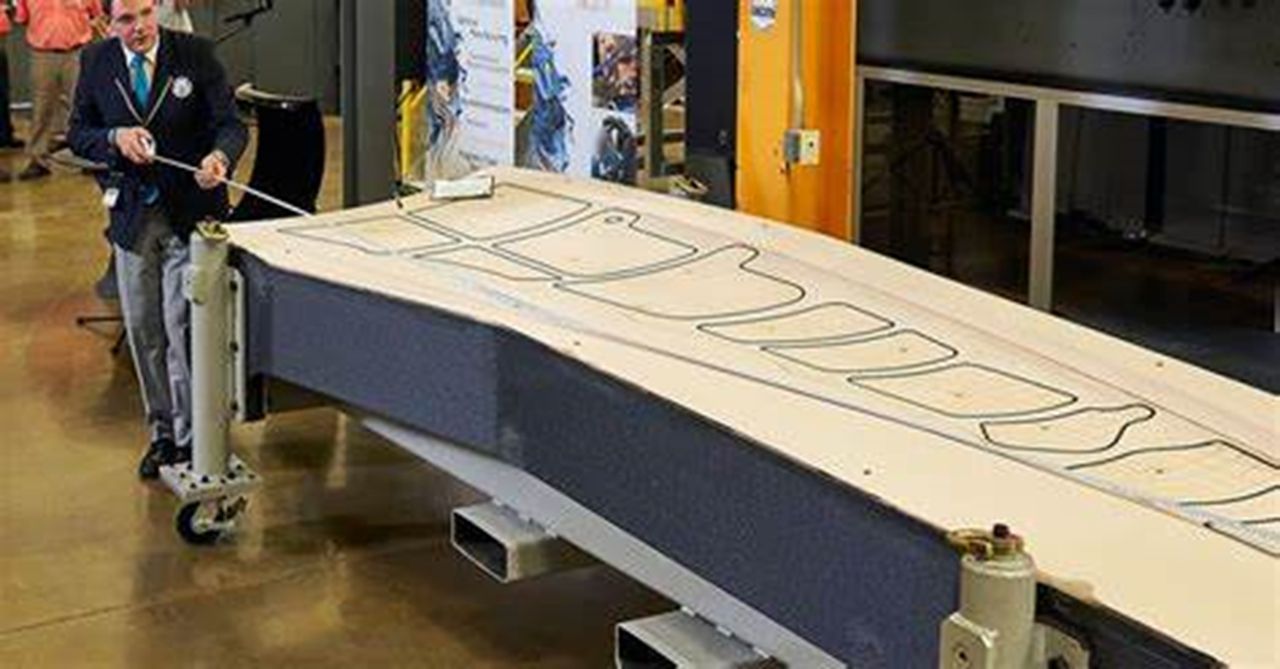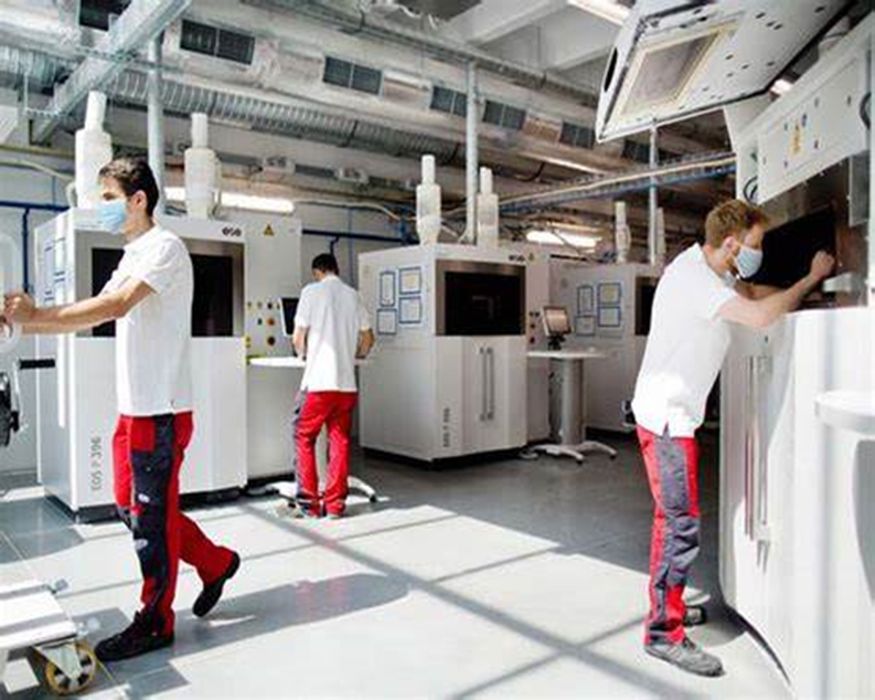
Charles R. Goulding and Preeti Sulibhavi look at the 3D print implications of a major aerospace deal.
Attributed to an ambitious overhaul of the Air India brand by the Tata Group, Boeing and Airbus have received orders for 470 planes from Air India. The deal comes with a price tag of US$100B and is aimed at scaling up to the post-pandemic demand in travel and the growing Indian market.
Air India will purchase 220 jets from Boeing and 250 from Airbus. The deal has been lauded by both Biden, in terms of the Boeing jets, and Macron, speaking to the Airbus component of the deal. President Biden indicated that the order would support more than 1 million American jobs and strengthen ties between the world’s two largest democracies.

Air India came home when the Tata Group completed its US$2.4B purchase back in 2021. At this time India’s economy is strong. India’s signature airline was founded in 1932 by the industrialist JRD Tata and then nationalized by the Indian government in 1953. Air India was once known for its luxurious planes with lavish seats and cushions. But in recent years the airline has received heavy criticism for the deteriorating state of its interior items, including broken tray tables and armrests, as well as an inflight entertainment system that worked (but only if you were lucky).
This change is a welcome one as Air India remains the country’s largest international carrier.
Boeing

Boeing has been making steady investments in 3D printing in recent years. In 2016, Boeing and Oak Ridge National Laboratory (ORNL) worked together to create the largest 3D-printed, solid object in a single piece (depicted below).
The result of the joint project between Boeing and ORNL was record-breaking 3D printed tool that replaced a metallic equivalent that was backlogged from their supplier. The resulting tool was part of Boeing’s strategy to overcome Boeing’s supply chain as well.
Today, Boeing has incorporated well over 60,000 3D printed parts in its commercial airplane programs.
Airbus

Airbus is no stranger to 3D printing either. Through a partnership with the Belgium-based Materialise company, Airbus now has 3D-printed parts seamlessly integrated into the cabins of its jetliners. These parts – spacer panels that fill end-gaps in a row of overhead storage compartments – have passed Airbus’ stringent cabin trim and quality standards and are aboard Finnair’s A320 aircraft, whose cabin layout has been updated with them.
By using 3D printing, Airbus was able to create bio-inspired panels 15 percent lighter than if made using conventional production methods. This technology also enables the creation of complex internal support structures, such as lattices inside the panels, without imposing additional manufacturing costs.
In addition, Airbus is also using 3D printed parts in its planes. To date, over 1,000 and counting 3D printed parts are onboard their planes.
In addition to the 3D printing projects that both Boeing and Airbus have undertaken, there are other opportunities for 3D printing to expand here. With this blockbuster deal, the maintenance, repair and overhaul (MRO) aftermarket industry for servicing aerospace and defense equipment is another avenue the 3D printing industry can be a part of in India. Creating replacement parts or substituting OEM parts with 3D printed ones is an efficient and cost-effective way to obtain the required parts more quickly.
With the new US$100B deal between Air India and the world’s largest carriers, the 3D printing industry should see that the sky is the limit for expanding even further into the aerospace and defense sectors.
The Research & Development Tax Credit
The now permanent Research and Development (R&D) Tax Credit is available for companies developing new or improved products, processes and/or software.
3D printing can help boost a company’s R&D Tax Credits. Wages for technical employees creating, testing and revising 3D printed prototypes can be included as a percentage of eligible time spent for the R&D Tax Credit. Similarly, when used as a method of improving a process, time spent integrating 3D printing hardware and software counts as an eligible activity. Lastly, when used for modeling and preproduction, the costs of filaments consumed during the development process may also be recovered.
Whether it is used for creating and testing prototypes or for final production, 3D printing is a great indicator that R&D Credit eligible activities are taking place. Companies implementing this technology at any point should consider taking advantage of R&D Tax Credits.
Conclusion
While we have covered the Boeing-Airbus truce, it is important to note that this will only enhance Air India’s deal with both carriers and improve the travel experience for so many. The 3D printing industry should see a tremendous opportunity with this record-breaking purchase of jets as the aerospace and defense vertical is one of the 3D printing industry’s strongest markets.
